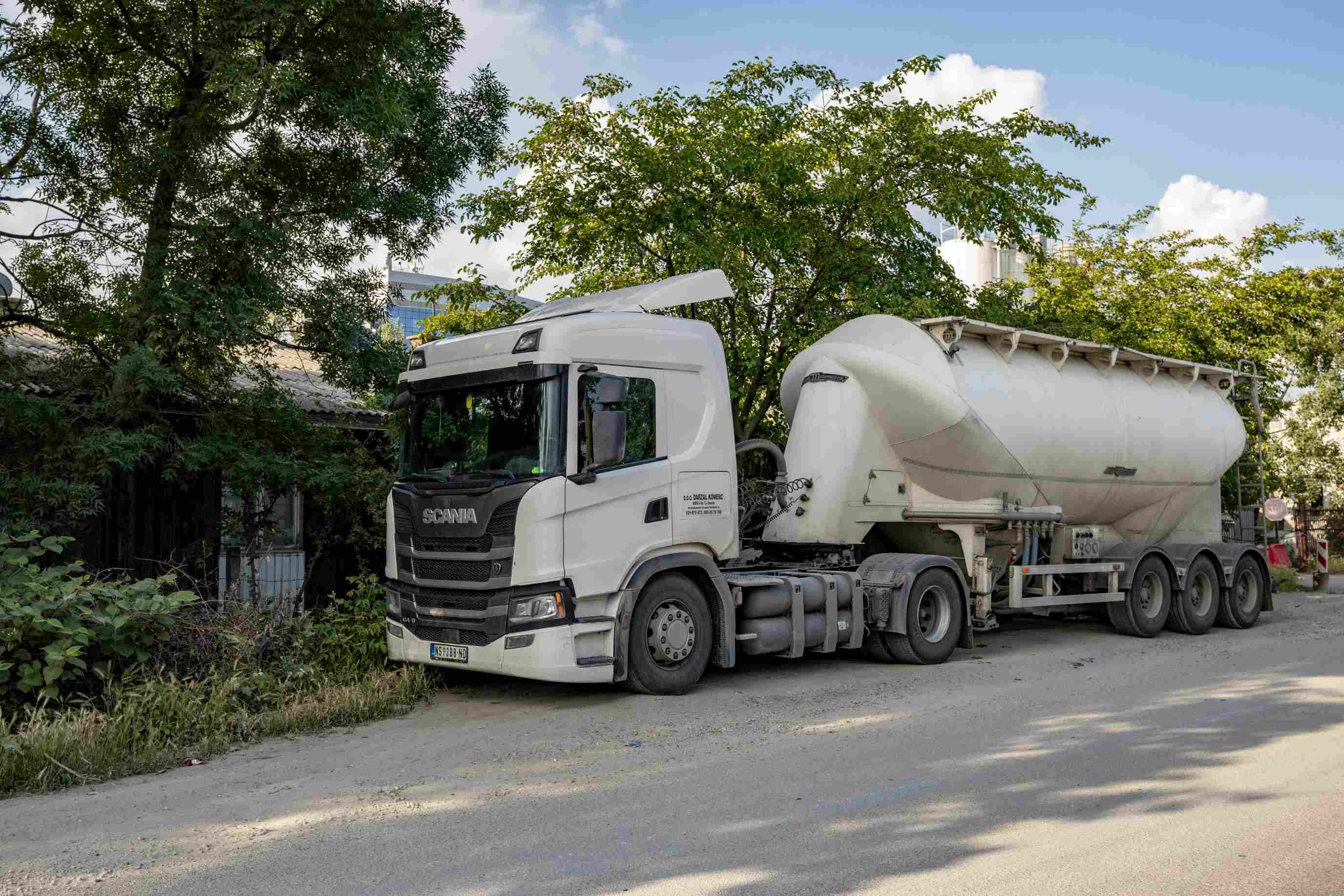As the world transitions towards a more sustainable future, the demand for renewable energy sources has been steadily increasing. Wind energy, in particular, has emerged as a prominent player in the renewable energy landscape, offering a clean and abundant source of electricity.
However, the intermittent nature of wind power generation poses a significant challenge in maintaining a reliable and consistent energy supply. This is where wind energy storage technology comes into play, providing a crucial solution to the problem of balancing supply and demand.
Understanding the Challenges of Wind Energy Storage
Wind energy storage technology refers to the various methods and systems used to store the electricity generated by wind turbines. This stored energy can then be released when needed, ensuring a steady and reliable supply of electricity to the grid. The importance of wind energy storage cannot be overstated, as it plays a vital role in the integration of renewable energy sources and the overall transition towards a more sustainable energy future.
One of the primary challenges in wind energy storage is the intermittent nature of wind power generation. Wind speeds can fluctuate significantly, leading to unpredictable and variable electricity output from wind turbines. This can create imbalances between supply and demand, potentially causing grid instability and reliability issues. Addressing these challenges is crucial for the widespread adoption and integration of wind energy into the global energy mix.

Wind-Solar Complementary System
Exploring the Key Technologies in Wind Energy Storage
Battery Energy Storage Systems (BESS) play a crucial role in enhancing the reliability and efficiency of renewable energy sources like wind energy. When it comes to wind energy storage, lithium-ion batteries, and lead-acid batteries are two key technologies that are often compared and contrasted for their suitability and performance.
Lithium-ion batteries have gained significant attention in recent years due to their high energy density, longer cycle life, and fast charging capabilities. These attributes make them well-suited for applications where space and weight are critical factors, such as in portable electronics and electric vehicles. In the context of wind energy storage, lithium-ion batteries offer the advantage of being able to quickly absorb and discharge energy, allowing for more responsive grid management and better integration of intermittent renewable energy sources.
On the other hand, lead-acid batteries have been a longstanding and reliable technology for energy storage applications. They are cost-effective, widely available, and have a proven track record in various industries. Lead-acid batteries are particularly well-suited for stationary applications where upfront costs are a primary concern and weight or size constraints are less critical. In wind energy storage systems, lead-acid batteries can provide a cost-effective solution for storing surplus energy generated during periods of high wind production, which can then be released during periods of low wind or high demand.
Advantages of Wind Energy Storage Technology
The implementation of wind energy storage technology offers several key advantages:
Improved Grid Stability and Reliability: By storing excess wind-generated electricity, wind energy storage systems can help stabilize the grid and ensure a reliable supply of electricity, even during periods of low wind.
Increased Integration of Renewable Energy Sources: Wind energy storage technology enables a higher integration of wind power and other renewable energy sources into the grid, reducing the reliance on fossil fuels and contributing to a more sustainable energy mix.
Cost Savings and Environmental Benefits: Wind energy storage can lead to cost savings by reducing the need for expensive grid upgrades and the use of fossil fuel-based backup power. Additionally, it provides environmental benefits by reducing greenhouse gas emissions and promoting a cleaner energy future.

wind energy storage technology
Future Trends and Innovations in Wind Energy Storage
As the demand for renewable energy continues to grow, the field of wind energy storage is expected to see significant advancements and innovations. Some of the future trends and developments in this area include:
Advancements in Battery Technology: Ongoing research and development in battery technology, such as improved energy density, longer lifespan, and reduced costs, will further enhance the capabilities of BESS for wind energy storage.
Integration of Wind Energy Storage with Other Renewable Sources: The integration of wind energy storage with other renewable energy sources, such as solar and hydropower, will create a more diversified and resilient energy system.
Policy and Regulatory Support: Governments and policymakers around the world are increasingly recognizing the importance of wind energy storage and are implementing supportive policies and regulations to encourage its adoption and development.
Conclusion
Wind energy storage technology is a crucial component in the transition towards a more sustainable energy future. By addressing the challenges of intermittent wind power generation and enabling the integration of renewable energy sources, wind energy storage technology holds the promise of a cleaner, more reliable, and more cost-effective energy system. As advancements in technology and policy support continue to drive the growth of this field, the future of wind energy storage looks increasingly bright, paving the way for a renewable energy revolution.

 EN
EN 




